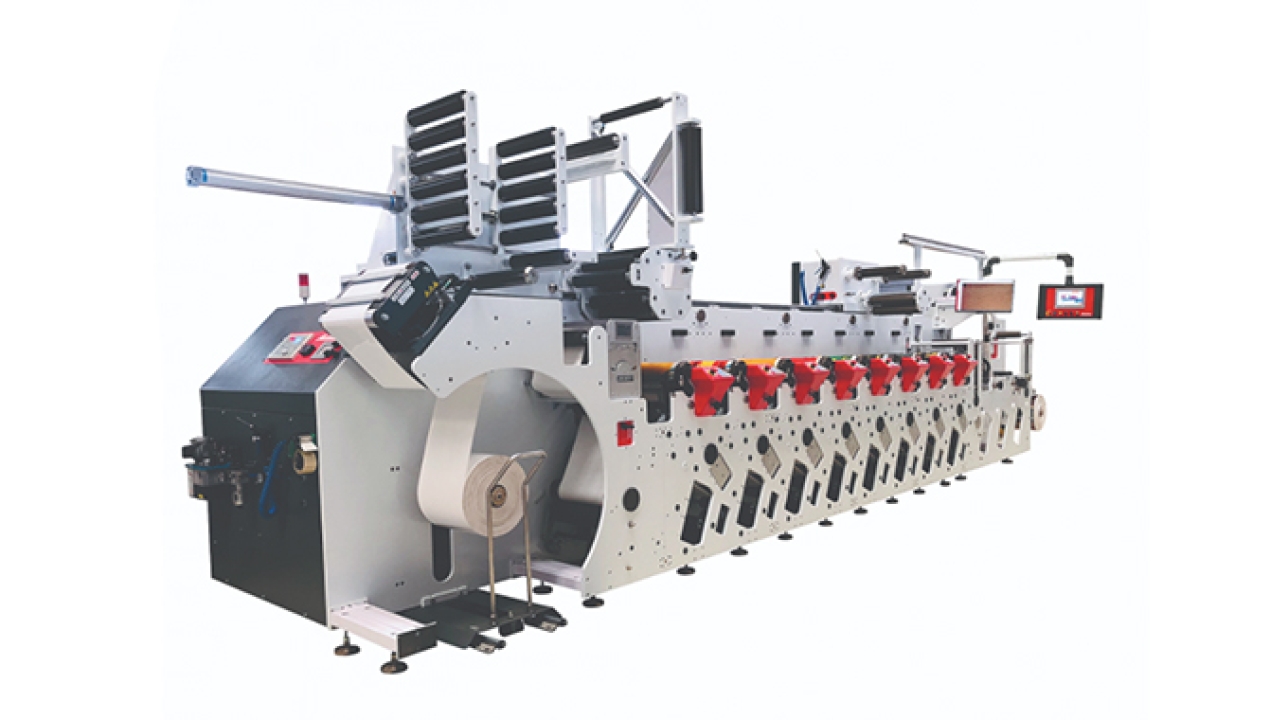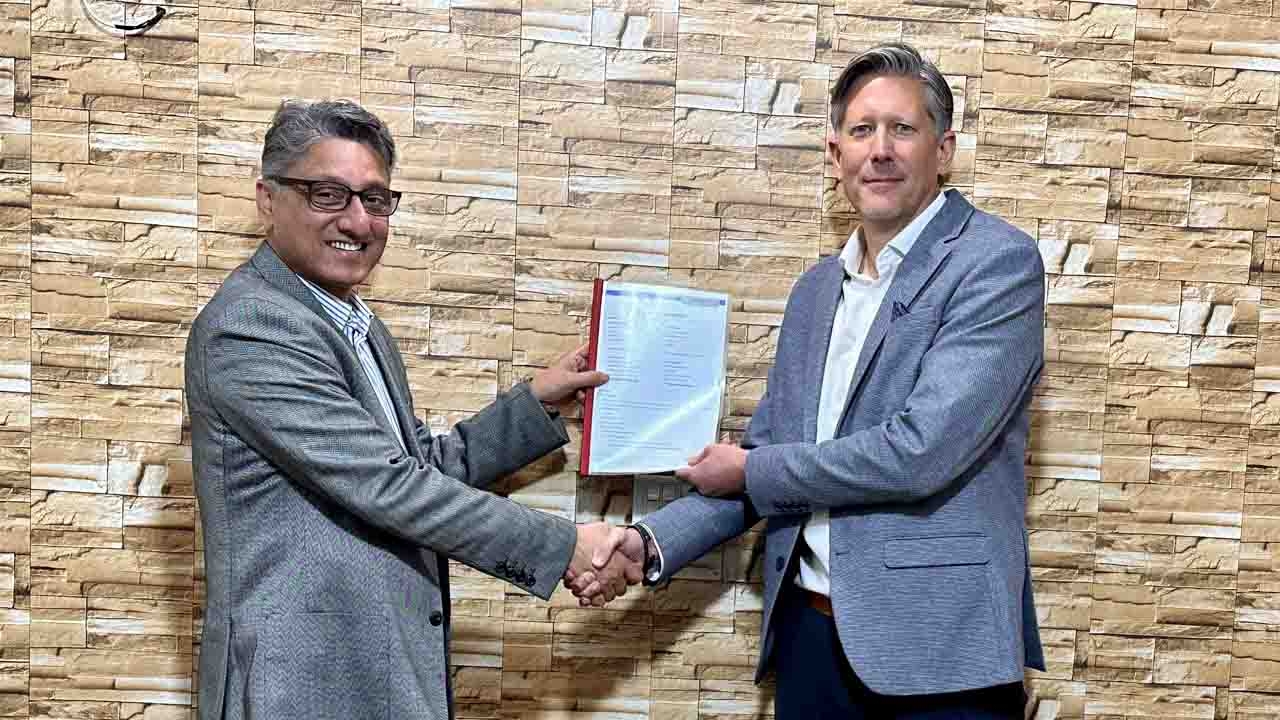Multitec upgrades presses for remote assistance with video feed
Indian label press manufacturer, Multitec, has upgraded its presses for remote assistance with live video feeds for operational and service assistance.

Amit Ahuja, sales director, Multitec, explained that a newly adopted technology, called RAM-v, allows Multitec’s technicians to log in and check the electronics of the machine as well as see live video feeds of the press running. Additionally, there is a live video feed from a service cam. ‘There are cameras installed on press that enables live view of the running machine. One of the cameras comes equipped with both audio and video features that, if connected, will enable us to talk to the printer at the remote location, see the problem live and allow us to service the press remotely for the customer.’
Prior to introducing this feature, Multitec had remote diagnostics of the press but for more complex needs, the customer had to share photos and videos. ‘Now we can see the problem happening live at the customer’s site’
Additionally, business owners, maintenance staff and printers can view the press printing jobs from a remote location. ‘This is the need of the hour and we have demonstrated this feature through in-built cameras to prospect customers,’ said Ahuja.
The first press on which this feature has been enabled is being shipped to Israel. Although, the second press sold in India is expected to get installed sooner with the help of this new technology
Amidst the pandemic scare, Multitec that partnered with Domino at Labelexpo India 2018 for a hybrid press, finds digital technology is seemingly garnering great interest. ‘This lockdown has taught people to be less dependent on variables. With digital technology, printers are more or less self-sufficient. Secondly, run lengths are becoming shorter and companies are not willing to take risk with huge inventories. Therefore, inkjet and digital technologies are the future. However, prices have to be more viable for printers at large to consider these technologies,’ concluded Ahuja.
Stay up to date
Subscribe to the free Label News newsletter and receive the latest content every week. We'll never share your email address.

